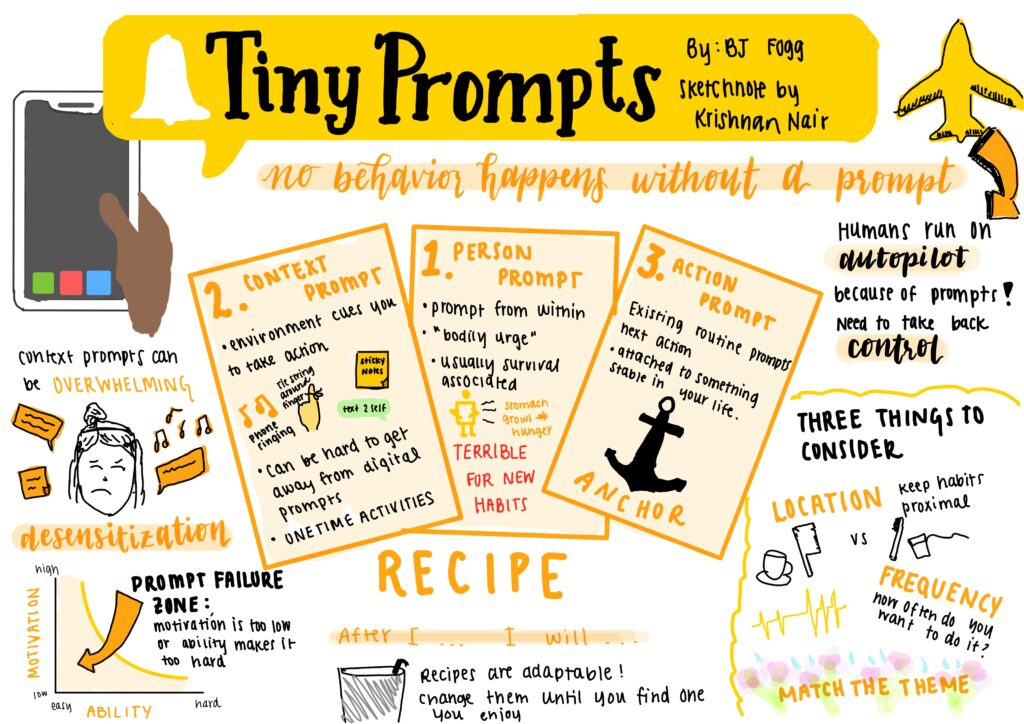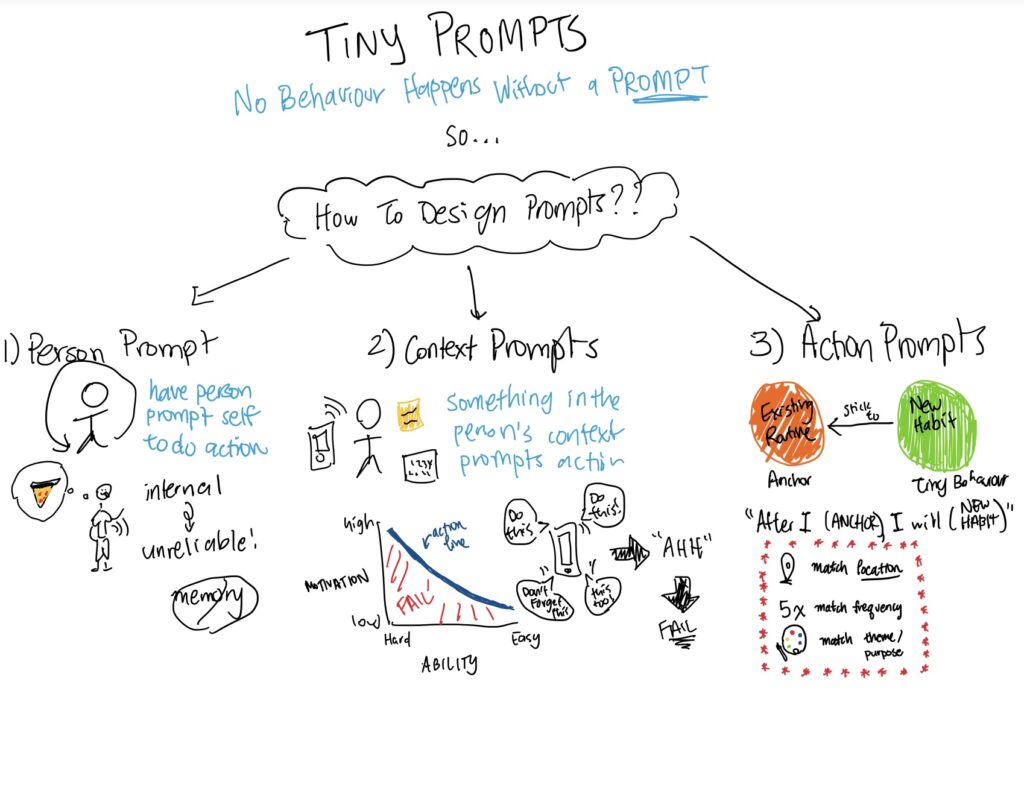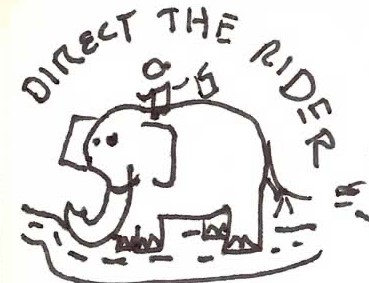The case study from the Harvard Business Review poses a complex situation at the merger of two adjacent companies currently utilizing two different revenue models. On the one hand, Siiquent (and their subsequent head Isolde Kraft) capitalized on selling consumables. These came in the form of selling biological and chemical compounds and test kits. On the other hand, Teomik (and their head Emmanuel) had historically focused on selling equipment and materials. While operating in the same market, both fundamentally offer different products. This has worked well for each of them when operating as their own entities. Siiquent’s value came in the form of offering compounds at a lower value than the fixed rate that hospitals were receiving from insurers and the national health service. This made it especially useful as their consumers obeyed by strict regulations and procedures, requiring them to use specific compounds. Responding well to their consumer feedback, Siiquent was able to meet these free-flowing demands with an open and strong customer service. Teomik differed slightly. They were able to obtain many patents for patent-protected machines, allowing them with high profit margins on scientists who required the specialized tools.
When merging the two, the differing market strategies are bound to be confusing and possibly clashing. While Teomik’s customer service has been great, it hasn’t needed to rely on it as much as Siiquent to stay competitive. Siiquent’s market also pushed them to provide individualized plans regardless of their more competitive prices. Teomik was relatively more safe as their patents assured some safety-net for their machines. Imposing a single revenue model makes it easier for the Scherr board. Visualizing, comparing, and analyzing revenue made from both companies would be a lot more straightforward. Logistically it makes it easier for the parent company. In comparison, allowing the companies to maintain their current models and move forward with flexible strategies has its own benefits. As Kraft and Emmanuel pointed out, despite their difference in products sold, they both thrive on customer service. Maintaining close and strong relationships with customers allow for their flexibility. Furthermore, this would mean both Kraft and Emmanuel can keep their jobs and lead their teams. Less disruption means a minimized transition period, allowing for operations to continue as normal.
As a PM tasked with merging the two, I find merit in their desire to maintain a strong customer service. As such, I would lead with that when scaffolding a discussion on merging. I wouldn’t necessarily agree with the sentiment to let both models continue operating as is, but to find shared strengths across the two to form a new revenue model that benefits both. It would be difficult to not stunt some growing ends, but a new method can be strategized to focus on growths for both companies. This would be the main goal I have with leading such a discussion, and I also recognize it wouldn’t be quick or easy. In the mean time, both companies can still operate under their flexible models.



